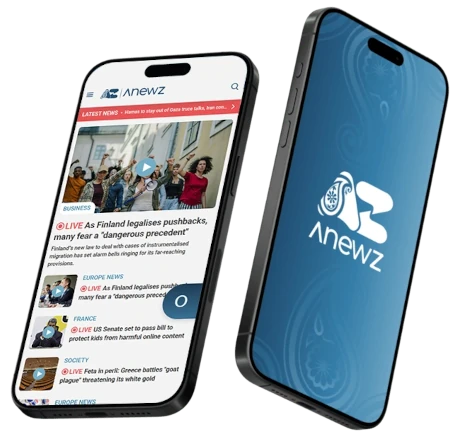Rally in Tel Aviv calls for return of deceased hostage Ran Gvili
Hundreds of people gathered for a second consecutive week at Tel Aviv’s Hostages Square, on Friday (12 December), to support the family of Master Sg...
Alibaba announced on Tuesday that it will release an open-source version of its video and image-generating AI model, Wan 2.1, as part of its ongoing efforts to foster innovation and collaboration within the AI community.
The Chinese tech giant shared the news via a post on X, outlining plans for a live press conference to officially unveil the model.
The press conference is scheduled for 11:00 pm Beijing Time (1500 GMT), where Alibaba is expected to provide further details on the model’s capabilities and the open-source release strategy. By making Wan 2.1 available to the public, Alibaba aims to empower developers and researchers with advanced tools for creating and manipulating visual content, potentially accelerating progress in the field of artificial intelligence.
Alibaba’s decision to open-source Wan 2.1 reflects a broader trend in the tech industry towards increased transparency and collaboration. Open-source releases allow external innovators to build on established platforms, leading to the development of new applications and services that can benefit a wide range of industries.
As the company prepares for its upcoming live event, industry observers will be watching closely to see how Alibaba positions Wan 2.1 in comparison to other leading AI models and what new possibilities its release might unlock in video and image generation.
Japan has lifted a tsunami advisory issued after an earthquake with a magnitude of 6.9 hit the country's northeastern region on Friday (12 December), the Japan Meteorological Agency (JMA) said. The JMA had earlier put the earthquake's preliminary magnitude at 6.7.
Iran is preparing to host a multilateral regional meeting next week in a bid to mediate between Afghanistan and Pakistan.
The United States issued new sanctions targeting Venezuela on Thursday, imposing curbs on three nephews of President Nicolas Maduro's wife, as well as six crude oil tankers and shipping companies linked to them, as Washington ramps up pressure on Caracas.
The resignation of Bulgaria's government on Thursday (11 December) puts an end to an increasingly unpopular coalition but is likely to usher in a period of prolonged political instability on the eve of the Black Sea nation's entry into the euro zone.
An extratropical cyclone has caused widespread disruption across Brazil’s São Paulo state, with powerful winds toppling trees and power lines, blocking streets and leaving large parts of the region without electricity.
Hundreds of people gathered for a second consecutive week at Tel Aviv’s Hostages Square, on Friday (12 December), to support the family of Master Sgt. Ran Gvili, the last remaining Israeli hostage whose body is believed to be held in Gaza.
Turkish President Recep Tayyip Erdoğan and Russian President Vladimir Putin met for a closed-door discussion on the sidelines of the International Forum for Peace and Trust in Ashgabat, Turkmenistan, on Friday.
Kazakhstan has begun redirecting part of its crude exports, sending oil from Kashagan to China as the Caspian Pipeline Consortium (CPC) operates at reduced capacity.
Azerbaijan’s post-conflict reconstruction in Karabakh is attracting international attention. The book by British author Graeme Wilson documents this journey, combining first-hand reporting and digital storytelling to highlight both the region’s restoration and the human stories behind it.
Iran’s top diplomat, Abbas Araghchi, has welcomed the expansion of ties with neighbouring Azerbaijan, stating that Tehran and Baku are committed to building a ‘shared, secure and mutually respectful’ future, local media reported on Friday.
You can download the AnewZ application from Play Store and the App Store.

What is your opinion on this topic?
Leave the first comment